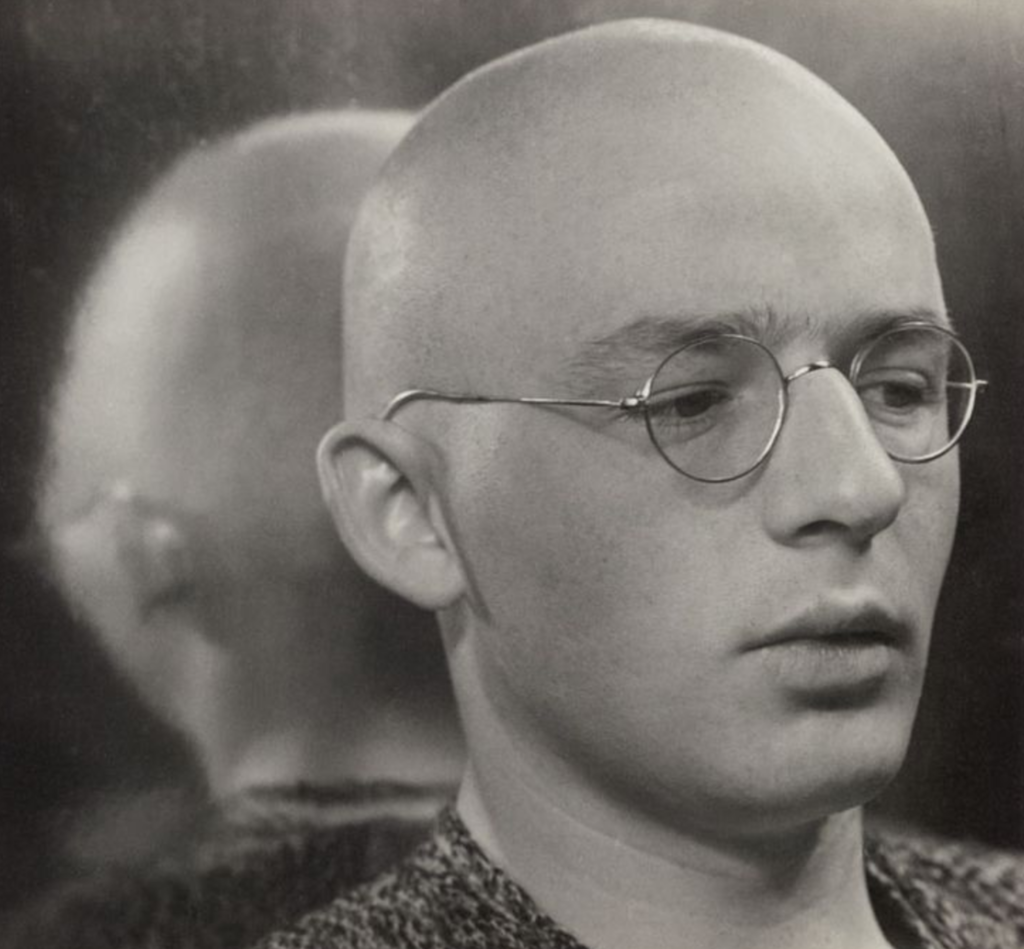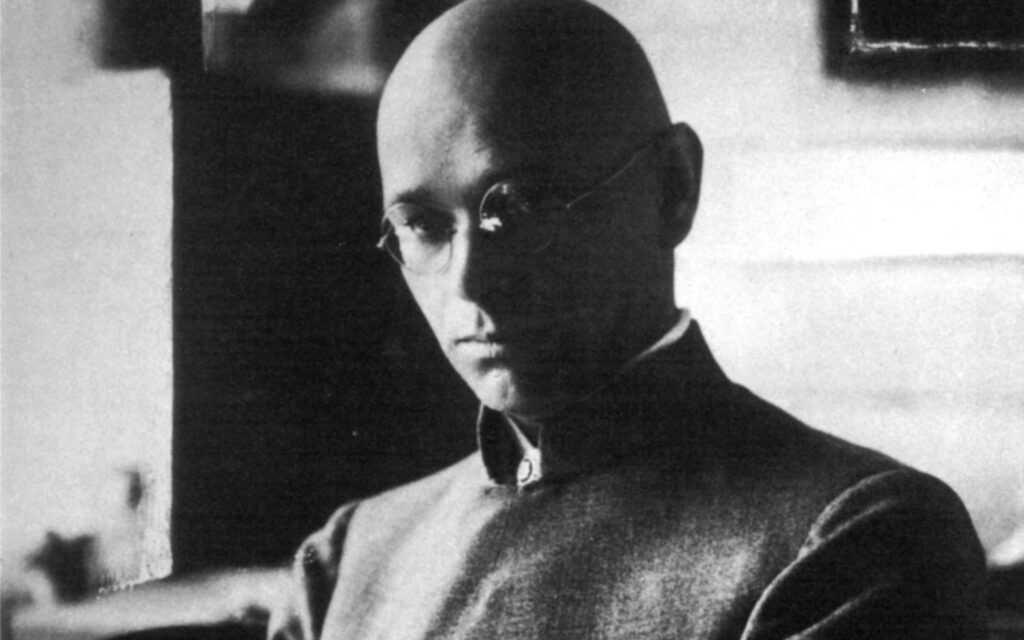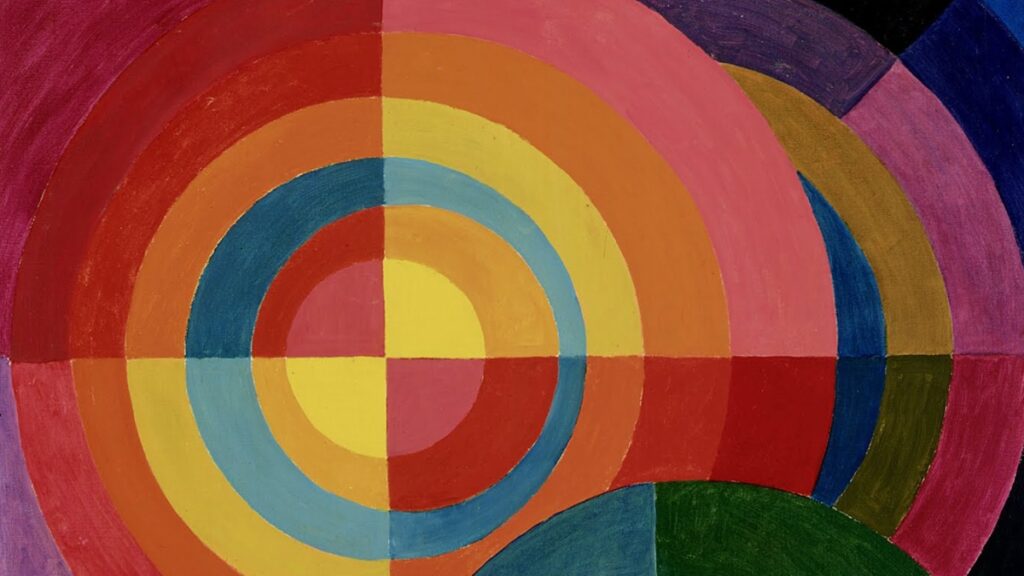Johannes Itten, a Swiss painter, designer, and teacher, is renowned for his substantial contributions to the foundation and evolution of color theory. His work, particularly at the Bauhaus school in Germany, has profoundly influenced not just modern art but the broader realms of design and education. Let’s delve into the life of Johannes Itten, his development of color theory, and his enduring impact on contemporary visual arts and design.

Early Life and Career
Born in 1888 in Switzerland, Johannes Itten showed an early interest in art. He initially trained as an elementary school teacher but later pursued art more seriously, studying at the Geneva École des Beaux-Arts and later at the Stuttgart Academy. Itten’s early career was marked by experimentation with expressionism and abstraction, influences that would later permeate his teachings and theoretical work.
Itten at the Bauhaus

In 1919, Itten was invited by Walter Gropius to join the Bauhaus, an avant-garde school of art and design in Weimar, Germany. Itten was instrumental in developing the school’s foundational course, the Vorkurs, which was a preliminary course that all students were required to take. Itten’s curriculum was revolutionary in that it combined theoretical instruction with practical exercises, focusing heavily on the use of color and form.
Development of Color Theory

Johannes Itten’s most significant contribution to the world of art and design was his color theory, which he began developing during his time at the Bauhaus. Itten’s theory extended the color wheel and systematized color relationships and contrasts in ways that had not been formally articulated before. His teachings emphasized the subjective and emotional expressions of color, how colors are perceived by the eye, and how they interact with each other.
The Color Wheel: Itten expanded the traditional color wheel by including twelve hues, showing the primary, secondary, and tertiary colors in a circle that helped artists visualize the relationships between them.
The Seven Color Contrasts: Itten identified seven types of color contrasts:
- Contrast of Hue: the pure spectrum colors.
- Light-Dark Contrast: contrasts between light and dark values.
- Cold-Warm Contrast: the emotional impacts of color temperature.
- Complementary Contrast: opposite colors on the color wheel.
- Simultaneous Contrast: the impact of colors against neighboring colors.
- Saturation Contrast: contrasts between intense and dull colors.
- Contrast of Extension: also known as proportion, involving which colors dominate.
These contrasts provided a comprehensive framework for understanding and applying color dynamics in art.
Impact and Legacy
Teaching and Writing: After his tenure at the Bauhaus, Itten continued to teach at other institutions and wrote influential texts on art and color theory. His book, The Art of Color, is considered a seminal work in the field, exploring the science and art of using color.
Influence on Modern Design and Art: Itten’s theories laid the groundwork for modern color applications in various disciplines, from graphic design to interior design. His ideas about color harmony and contrast are used extensively today in digital media design, where understanding color interaction is crucial for user experience and visual aesthetics.
Continued Relevance: Itten’s color theory remains a fundamental part of art education curricula worldwide. His methods and theories continue to inspire designers and artists, proving essential for anyone looking to understand color’s role in human perception and artistic expression.
Conclusion

Johannes Itten was more than just a theorist; he was a pivotal figure in modern art and design education whose ideas reshaped how colors are understood and used. His influence persists in contemporary practices, making his work as relevant today as it was nearly a century ago. By understanding Itten’s contributions to color theory, modern artists and designers can continue to explore and apply color in ways that are both scientifically grounded and creatively liberating.
















